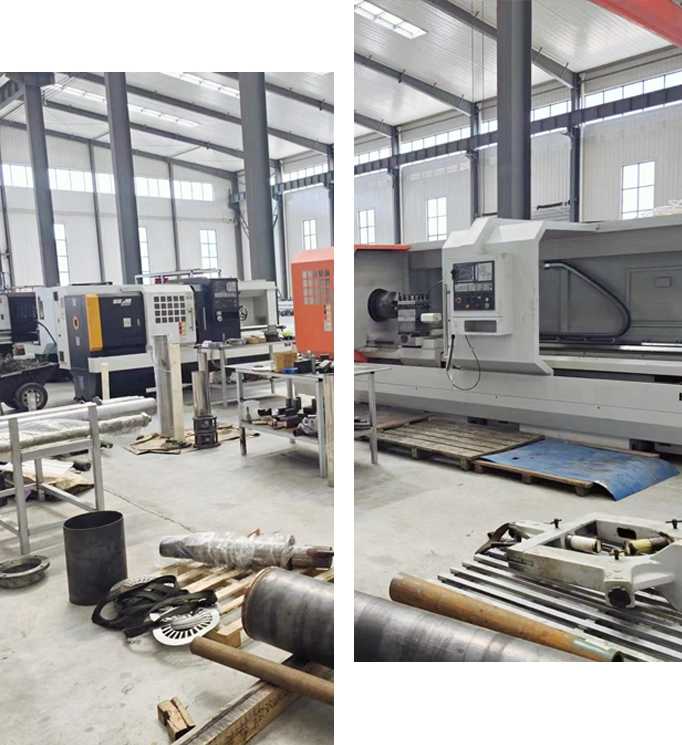Гру . 25, 2024 15:47 Back to list
how to replace a submersible water well pump
How to Replace a Submersible Water Well Pump
Replacing a submersible water well pump may seem daunting, but with proper preparation and a detailed understanding of the process, you can tackle the job with confidence. This guide will walk you through the steps necessary to successfully replace your pump and ensure your water supply is restored quickly and efficiently.
1. Understanding the Submersible Pump
A submersible pump is designed to be submerged in water, making it an efficient way to draw water from wells. Over time, however, these pumps may fail due to wear, mineral buildup, or electrical problems. Signs that your pump might need replacement include a sudden decrease in water pressure, strange noises, or the pump running but not providing water.
2. Safety Precautions
Before beginning any work, ensure your safety. Gather necessary personal protective equipment, including gloves, safety glasses, and sturdy footwear. Additionally, turn off the power supply to the pump at the breaker box to avoid any electrical hazards.
3. Gather the Required Tools and Equipment
To replace your submersible pump, you'll need some tools on hand - A replacement pump - Pipe wrenches - A bucket or pump basin - A cable cutting tool - Teflon tape or pipe thread sealant - Safety harness (if working in a deep well)
4. Remove the Existing Pump
Begin by disconnecting the pump from the power source. Carefully remove the well cover or casing to gain access to the pump. Depending on your pump’s installation, you may need to disconnect the piping and electrical connections. It’s important to make note of how everything is connected for reinstallation.
Once disconnected, you’ll need to pull the pump out of the well. This might require a winch or a sturdy rope. Gently pull the pump straight up to avoid damaging the piping or surrounding well structure. Be mindful to avoid unnecessary strain or twisting.
how to replace a submersible water well pump

5. Prepare for Installation
Before installing the new pump, inspect the well casing for any debris or damage. Clear the area to ensure that the new pump can be installed without obstruction. Check the old pump’s specifications, including the horsepower and depth of the well, to ensure the new pump matches those requirements.
6. Install the New Pump
Carefully place the new submersible pump into the well, ensuring that the orientation matches the previous unit. Reconnect the discharge pipe, using Teflon tape or pipe thread sealant to ensure a watertight connection. Secure all electrical connections according to the manufacturer’s instructions, ensuring that the wiring is neatly organized and protected from moisture.
7. Testing
Once everything is connected and secured, turn the power back on at the breaker box. Check for any leaks at the connection points and listen for any unusual sounds from the pump. After a few moments, open the faucet to allow water to flow and ensure that the pump is working properly.
8. Final Steps
After verifying that the new pump is operating correctly, replace the well cover or casing. Clean up the work area and dispose of the old pump according to local regulations. It’s also a good idea to keep a maintenance schedule for your new pump to prolong its lifespan and ensure continued, reliable water service.
Conclusion
Replacing a submersible water well pump doesn’t have to be an overwhelming task. With the right preparation and tools, you can efficiently complete the installation, restoring your water supply and ensuring your home remains functional. Always remember to prioritize safety and consult a professional if you feel unsure about any steps in the process.
-
Submersible Water Pump: The Efficient 'Power Pioneer' of the Underwater World
NewsJul.01,2025
-
Submersible Pond Pump: The Hidden Guardian of Water Landscape Ecology
NewsJul.01,2025
-
Stainless Well Pump: A Reliable and Durable Pumping Main Force
NewsJul.01,2025
-
Stainless Steel Submersible Pump: An Efficient and Versatile Tool for Underwater Operations
NewsJul.01,2025
-
Deep Well Submersible Pump: An Efficient 'Sucker' of Groundwater Sources
NewsJul.01,2025
-
Deep Water Well Pump: An Efficient 'Sucker' of Groundwater Sources
NewsJul.01,2025
-
 Submersible Water Pump: The Efficient 'Power Pioneer' of the Underwater WorldIn the field of hydraulic equipment, the Submersible Water Pump has become the core equipment for underwater operations and water resource transportation due to its unique design and excellent performance.Detail
Submersible Water Pump: The Efficient 'Power Pioneer' of the Underwater WorldIn the field of hydraulic equipment, the Submersible Water Pump has become the core equipment for underwater operations and water resource transportation due to its unique design and excellent performance.Detail -
 Submersible Pond Pump: The Hidden Guardian of Water Landscape EcologyIn courtyard landscapes, ecological ponds, and even small-scale water conservancy projects, there is a silent yet indispensable equipment - the Submersible Pond Pump.Detail
Submersible Pond Pump: The Hidden Guardian of Water Landscape EcologyIn courtyard landscapes, ecological ponds, and even small-scale water conservancy projects, there is a silent yet indispensable equipment - the Submersible Pond Pump.Detail -
 Stainless Well Pump: A Reliable and Durable Pumping Main ForceIn the field of water resource transportation, Stainless Well Pump has become the core equipment for various pumping scenarios with its excellent performance and reliable quality.Detail
Stainless Well Pump: A Reliable and Durable Pumping Main ForceIn the field of water resource transportation, Stainless Well Pump has become the core equipment for various pumping scenarios with its excellent performance and reliable quality.Detail
